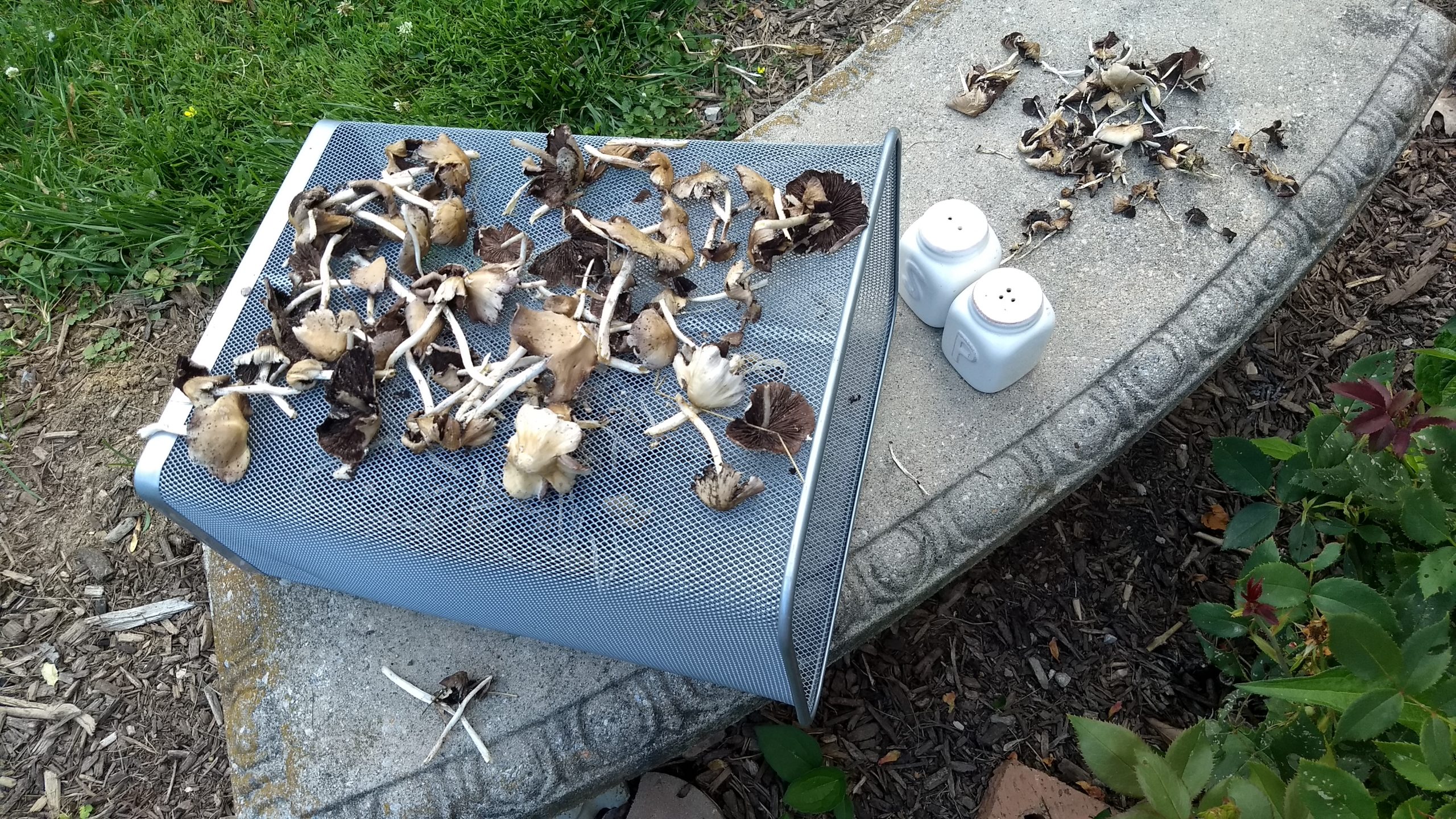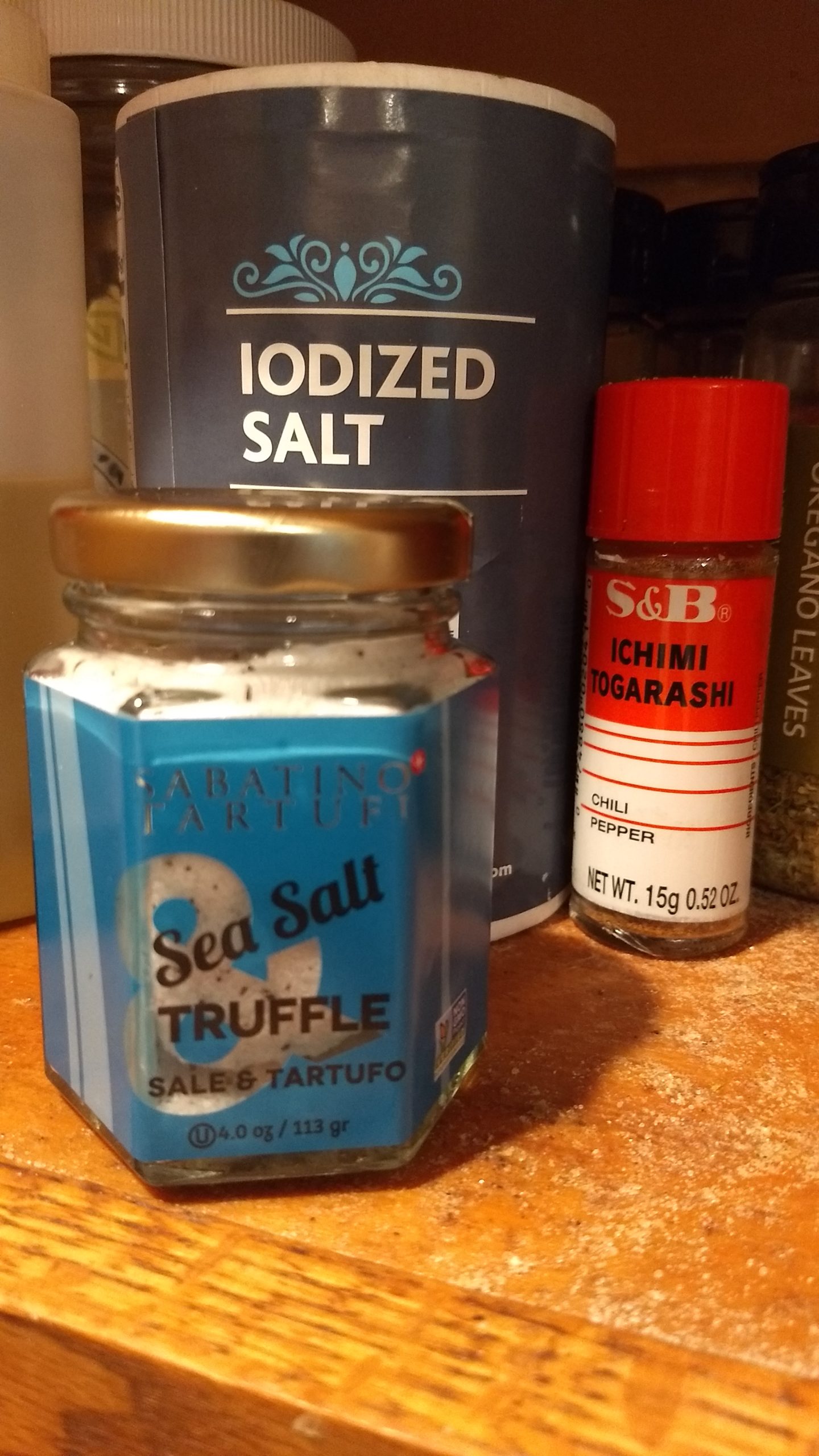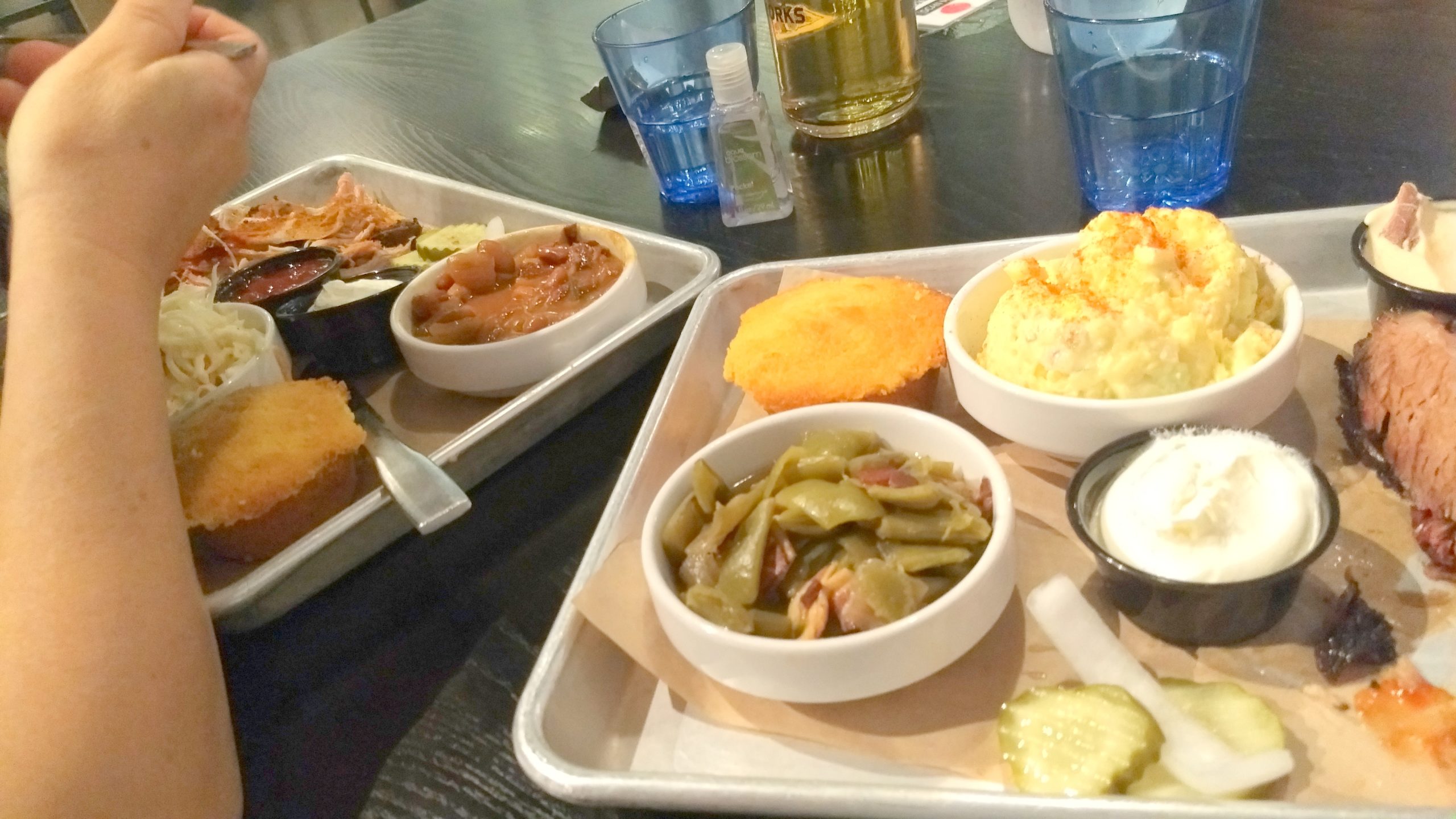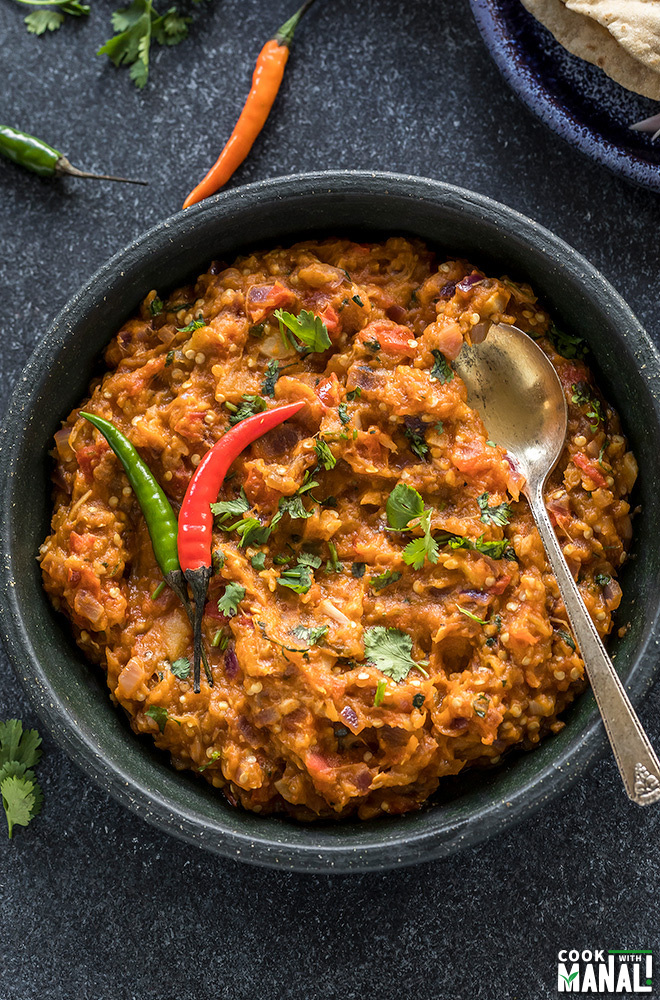Food
Notes on Food. I should split this up into Foreign Food, Restaurants, Ingredients, and Drinks and Miscellaneous Food.
https://msmarmitelover.com/2011/04/how-to-make-your-own-marmite.html "HOW TO MAKE YOUR OWN MARMITE". An exquisite familiar essay, on par with Joseph Epstein's if more oriented towards pleasures of the flesh than towards high literature:
When I started blogging I searched around for an original name. Not an easy task, blogger rejects any blog name that has already been chosen. I reached deep inside myself and thought about who I truly am, my background, my influences, formative experiences and I came up with the moniker MsMarmitelover.
For I am a Marmite baby. I had Marmite on toast for breakfast every morning...
Pokeweed.
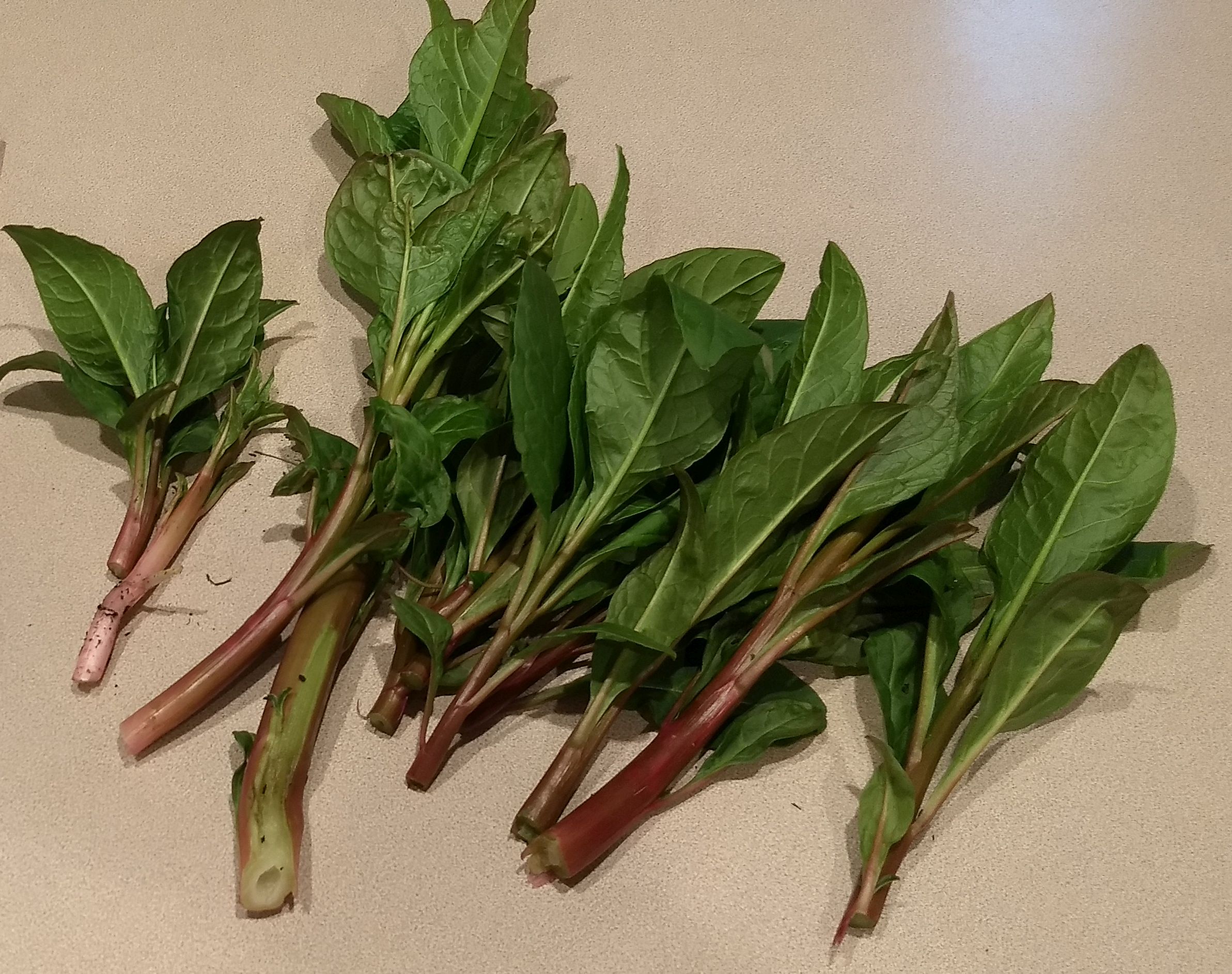
Salted Psathyrella snacks.
That brand of truffle salt I ordreed online.
Kettel cucumber-mint vodka.
Spooky dill pickle Bloody Mary mix.
That southern cook-- Collard Valley.
Pilschuterz apple cinnamon fortified wine.
Good Bloomington restaurants:
Taste of India
Uptown Cafe
Lucky Express
Runcible Spoon
The Irish Lion
Nick's English Hut.
The new BBQ place downtown on the Courthouse square.
Manali's Kashmiri Dum Aloo is a good writeup. I enjoy reading what she writes about food. She puts heart into her food, but analysis too. She has insight.
The funny part though is that if you go to Indian restaurants they will have “Kashmiri Dum Aloo” on the menu and when you order it, you will get baby potatoes in a creamy onion-tomato curry, which is nowhere close to how Kashmiri Dum Aloo should be.
That’s actually Punjabi version of Dum Aloo with all the cream and spices.
On Rajma Masala:
Rajma is one of the most popular curries in north India.
In fact I always say that chole, rajma and dal makhani are like the 3 most popular north Indian main course vegetarian recipes. Whenever we would invite someone over for lunch or dinner, mom would definitely make one of these. It was inevitable.
However I was not very fond of rajma growing up, I don’t know why but I preferred it much less compared to the dals and chole and all my veggies. Sarvesh on the other hand is a huge rajma fan. It’s probably one of his favorite dishes (that’s a typical Punjabi right there)!
On bitter gourd:
Karela aka the bitter gourd has been my favorite vegetable ever since I was a little child. Most kids I knew hated karela, well of course because it was bitter and kids didn’t like it.
On the other hand, I loved the bitterness of the bitter gourd and used to request mom to make it often.
Even now, when I go back to India, the first sabzi that I ask my house help to make is simple karela stir-fry in mustard oil. It is so good!
On [okwithmanali.com/baingan-bharta/ Baingan Bharta – Roasted Eggplant Mash:
Baingan Bharta is basically fire roasted eggplant mash cooked with spices. There are different ways of making this bharta (bharta is mash) but this is the most common way and the one you will find in Indian restaurants.
I know there are other ways because in the state of Uttar Pradesh and that’s where I am from, it is not made in this way at all. So as a child, I always ate eggplant bharta which was just smoked eggplant mash mixed with mustard oil, chopped garlic and some pickle masala.
In a way it tasted a lot like baba ganoush minus the tahini and olive oil. It used to be favorite until I was introduced to this Punjabi version.
... Sarvesh doesn’t like eggplant but baingan bharta is one of his favorites. That’s the special thing about this dish, you can love it even if you don’t like eggplant.I think the smokey flavor that comes from roasting the eggplant makes it so flavorful that it’s hard not to like it, until and unless of course you are like my brothers who have made up their minds that bahrta is not to be eaten no matter what!
On roti bread and Indian cornbread roti.
From Wikipedia's Monosodium Glutamate:
It is a popular belief that MSG can cause headaches and other feelings of discomfort, known as "Chinese restaurant syndrome", but blinded studies show no such effects when MSG is combined with food in normal concentrations, and are inconclusive when MSG is added to broth in large concentrations.
... In a 1993 study, 71 fasting participants were given 5 g of MSG and then a standard breakfast. One reaction (to the placebo, in a self-identified MSG-sensitive individual) occurred.[23] A 2000 study tested the reaction of 130 subjects with a reported sensitivity to MSG. Multiple trials were performed, with subjects exhibiting at least two symptoms continuing. Two people out of the 130 responded to all four challenges. Because of the low prevalence, the researchers concluded that a response to MSG was not reproducible.
MSG myth debunking – science shows that it’s just an amino acid
All forms of glutamate/glutamic acid/MSG are exactly the same from a chemical standpoint. The human body cannot tell the difference between the amino acid, glutamic acid/ the salt form of that acid, monosodium glutamate; or the ionic form, glutamate. You might want to invent some difference between the three forms, to make some case that MSG is more dangerous, but that would require a complete rewriting of what we know about basic chemistry. And you’d win a Nobel Prize for doing so.
Knife Maintenance and Sharpening, by Chad Ward, August 13, 2003:
The purpose of a sharpening stone is to grind the edge and remove metal. Oil reduces friction and makes the process much slower. Supposedly oil helps float away metal particles that would otherwise clog the pores of the stone. You can do the same thing by wiping the stone with a damp cloth when you’re done..
...
Waterstones are another matter entirely. Both Japanese and synthetic waterstones require water in order to cut effectively. Japanese waterstones can be damaged if used dry and must be soaked thoroughly before use. Waterstones wear very quickly, revealing new layers of cutting abrasive as the swarf builds up and is washed away. That’s why they are so effective. There is always a new layer of sharp abrasive cutting away at the metal of your edge. By the way, “swarf” is one of those cool terms you get to toss around when you discuss sharpening. Swarf is the slurry of metal filings and stone grit that builds up as you sharpen.
...
Push cutting involves parting fibers and requires a polished edge. Shaving, for example, is push cutting. So is peeling an apple or julienning a carrot. You are pressing your thin, finely polished edge through the fibers of the food, pushing them to either side.Slicing, on the other hand, involves severing fibers and requires a toothier edge. Crusty bread, a soft tomato, roast chicken – anything with an outer layer that is tougher than the squishier inside demands an edge that can bite into the skin without crushing the interior. A highly polished edge will simply skate over the surface of a ripe plum until you put enough pressure on it to push through the skin. But the fruit underneath will give way before that happens. Not pretty.
Now you must decide. Do you do more push cutting or more slicing? Do you have knives that you use more often for dicing, peeling and julienning? Do you have a knife that is dedicated to slicing?
A good basic strategy is to start with a standard 20 degree bevel (a 15/20 double bevel if you’re feeling adventurous) with a moderately polished edge on all your knives. This alone will be a vast improvement over what you might be used to.
Then branch out. If you have a knife that is only used for vegetables, a santoku for example, you can take it to a very fine, highly polished edge.
...
One of the easiest ways to ensure that you are matching an existing bevel is to coat the edge with magic marker. As the magic marker is abraded away by the sharpening stone. you will be able to see where the metal is being removed and whether you have matched the angle properly. Once you have coated both bevels with marker, take a swipe or two down your stone. If the marker is wiped off over the width of the bevel you have matched the angle properly. If your angle is too high, only the marker near the very edge will be removed.
...
Take, for example, a plastic pen, stand it at a 30-45 degree angle on a countertop and lay the knife edge straight up and down on the plastic. Pull the edge from heel to tip. If it bites in, you’ve set your edge correctly. If it slides off, you have some more work to do. The sharper the blade, the smaller you can make the angle before it slips.
Sake Talk's 5 ESSENTIAL SAKE INGREDIENTS and Midwest Homebrewing and Winemaking Supplies's Sake Kit
"Many people dislike Shanghai food—which I’m defining as the broader region that encompasses Suzhou, Hangzhou, Nanjing, etc.—for being too sweet. In my mind, it’s unquestionably the finest cuisine. Not only is it the best at the high end, its noodles, soups, and soup dumplings make up some of the tastiest casual food as well. It’s the cuisine that varies most by season, e.g. bamboo shoots in spring and mitten crabs in fall, which showcases the bountiness of the region and its emphasis on freshness. (That’s quite unlike the tradition of the north, which celebrates every and any occasion with plates of dumplings.) The mixing of vinegar and hot fat produces a slight, magical sweetness, and that is something that the Shanghainese understand well, along with many other secrets.
I expect that everyone is familiar with the glories of Sichuan food, there’s little that I need to add here. I’ve eaten plenty in Chengdu and Chongqing, I hope next that I can explore some of the villages in the countryside that feature local specialties.
And I hesitate to say that Yunnan is next best because it has become so trendy. Some people question whether Yunnan food is coherent enough to be a cuisine, or whether it’s a useless label for dishes that vary over a huge and mountainous province. I think of it as Chinese cooking styles with Southeast Asian ingredients, featuring dishes like rice noodles, which can be more soft or more chewy than wheat noodles, served in a mutton broth and topped with a generous fistful of fresh mint. There are many things one can find there that are uncommon in the rest of the country, like cheeses. My favorites are the mushrooms: there’s nothing more appealing than some freshly-picked mushrooms stir fried with bits of Yunnan ham.
Any of these three regions are worth traveling to for a food tour. My candidate for an underrated cuisine is the food of the northeast, which features breads and stews of huge proportions. I haven’t had enough exposure to foods of all the interior provinces, but I’m happy to suggest that the cuisines of Jiangxi and Anhui are worth exploring. And the category of highly-rated and correctly-rated cuisines should include the foods of the northwest (breads and noodles), Hunan (spicy, though often too oily for me), and Taiwan (my favorite use of seafood). The following are overrated:
Cantonese: surely the most overrated cuisine in China, and perhaps the most overrated cuisine in the world. I concede that dim sum is often a delight; and no lunch can be more simple or more satisfying than a few cuts of roast duck or pork layered on a bed of rice, accompanied by sprigs of greens and some gravy. But we’ve too long allowed Cantonese food to dominate the world’s conception of Chinese cuisine. The high-end dishes don’t come close to the refinement of Shanghai cuisine: chefs reveal contempt for themselves and their craft when they deep fry a lobster, as if it were a carnival food, and I’ve never understood the emphasis on shark fins and sea cucumbers. Please let’s not continue allowing Cantonese to be a default choice for business lunches, Shanghai is more fine.
Beijing’s imperial cuisine is the only Chinese cuisine that I consider to be dumb. It wasn’t until I moved to Beijing that I realized how many of the unfortunate facts of Chinese cooking are the creation of local traditions: the dreadful “brown sauce,” the excessive use of starch, and the compulsive need to fry. Peking duck is fine every once in a while, but it’s far too much fuss and expense for something of medium tastiness. There are so few redeeming dishes in imperial cuisine that I wonder if it has been yet another cruel trick pulled by the eunuchs to hoodwink the emperor, depriving him of culinary pleasures for sport.
Hotpot transcends regions now, so let’s treat it as its own category. Hotpot is a fun social activity to do with friends. It’s a way to display skill at the table, through the management of cooking a variety of foods. But it can never be any sort of culinary revelation. My worst nightmare is for hotpot restaurants to take over every retail restaurant space, so that our only choice is to line up to eat at them inside malls, forever.
Here is my four-step process for ordering success in China:
- Greens are usually the glories of the cuisine: order as many vegetables as there are people
- If you will have a meat, consider the juiciness that pairs well with the starch: something saucy if you will eat with rice, or less saucy if you will have soup noodles
- Order Yunnan mushrooms if they are on the menu
- Fill out the rest with cold appetizers, they are never a bad idea"
